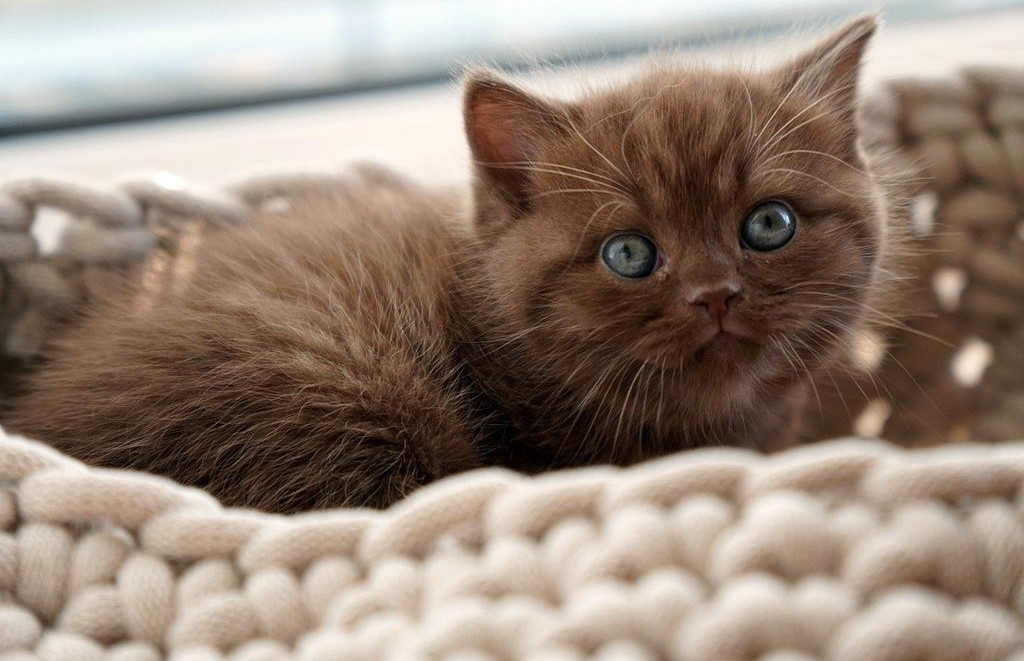Feral cats, often misunderstood and overlooked, have a unique and intricate relationship with the world around them. One of the ongoing debates in the realm of feline welfare is whether feral cats truly want to be indoors or whether they are better off living their lives in the wild. This discussion delves into the complexities of feral cats’ desires for shelter, the challenges they face, and the potential benefits of providing them with indoor environments.
The Nature of Feral Cats
Feral cats are domesticated cats that have returned to a wild or semi-wild state due to generations of living without human socialization. Unlike stray cats, which are often more accustomed to human presence, feral cats have developed behaviors and instincts that enable them to survive in outdoor environments. They form loose colonies, hunt for food, and establish territories.
Desires for Shelter
While feral cats have adapted to life outdoors, their desires for shelter can vary. The outdoors is fraught with dangers, including harsh weather conditions, predators, and scarcity of food. Feral cats seek shelter to protect themselves from these hazards. Natural shelters, such as bushes, trees, and abandoned buildings, provide a certain level of security, but they don’t guarantee safety from all risks.
The Appeal of Indoor Living
Indoor living presents a stark contrast to the challenges feral cats face outdoors. An indoor environment offers consistent access to food, water, warmth, and protection from the elements. Cats are known for their curiosity and adaptability, and many feral cats can learn to enjoy the comforts of indoor living, especially if introduced to it gradually and in a cat-friendly manner.
Challenges of Transitioning Indoors
Bringing feral cats indoors, however, is not a simple task. Feral cats are deeply independent and can be skittish around humans. The transition to indoor living can be stressful for them, as they may not be accustomed to confinement, human interaction, or indoor stimuli. Patience, time, and a gentle approach are essential when attempting to transition a feral cat indoors.
Benefits of Indoor Living for Feral Cats
Providing feral cats with indoor living has several potential benefits:
- Increased Lifespan: Indoor living can extend the lifespan of feral cats, as it protects them from accidents, disease transmission, and harsh weather conditions.
- Healthcare: Indoor cats have easier access to regular veterinary care, vaccinations, and treatments, improving their overall health.
- Reduced Reproduction: Indoor living helps control feral cat populations by preventing uncontrolled breeding, which is crucial for feline overpopulation management.
- Quality of Life: Feral cats accustomed to indoor life may experience a higher quality of life, enjoying safety, companionship, and regular meals.
Respect for Feral Cats’ Autonomy

It’s important to recognize that not all feral cats may desire or successfully adapt to indoor living. For some feral cats, the outdoors is their chosen domain, and efforts to force them indoors can lead to stress and behavioral issues. Respecting the autonomy of feral cats and providing outdoor support, such as safe shelters, food stations, and TNR (Trap-Neuter-Return) programs, can also contribute to their well-being.
FAQs:
1. Do feral cats prefer to live indoors or outdoors?
Feral cats’ preferences for living indoors or outdoors can vary based on their individual experiences and instincts. While some feral cats may eventually adapt to indoor living and enjoy its benefits, others may remain more comfortable in their outdoor habitat, relying on their natural survival skills.
2. Can feral cats be happy living indoors if they’ve been outdoors for a long time?
Transitioning a feral cat that has spent a significant time outdoors to an indoor environment can be challenging. While some feral cats can eventually adapt and find contentment indoors, the process requires patience, gradual acclimatization, and understanding of the cat’s unique behaviors and needs.
3. Why would feral cats choose to stay outdoors despite the risks?
Feral cats have evolved to survive in outdoor environments, where they can establish territories, hunt for food, and interact with their colony. Their instincts and familiarity with the outdoors often drive them to remain outside despite the risks of weather, predators, and lack of regular resources.
4. Can I bring a feral cat indoors to provide a better life for them?
Bringing a feral cat indoors with the intention of improving their quality of life can be a noble endeavor. However, this transition requires careful planning, a gradual approach, and a willingness to accommodate the cat’s unique needs and behaviors. Not all feral cats may adapt to indoor living, and some might feel stressed or anxious indoors.
5. How can I support feral cats if they prefer to stay outdoors?
If feral cats exhibit a preference for staying outdoors, you can still support their well-being by providing safe shelters, regular food and water, and participating in TNR (Trap-Neuter-Return) programs. These efforts help manage feral cat populations, improve their health, and offer some level of protection while respecting their natural inclinations.
Understanding feral cats’ complex relationship with shelter, their individual preferences, and the challenges they face both indoors and outdoors is essential for responsible feline welfare. Whether encouraging indoor adaptation or providing outdoor support, the goal is to ensure the best possible life for these remarkable and resilient creatures.
Conclusion
In the end, the question of whether feral cats want to be indoors is not one-size-fits-all. Each feral cat’s preference is influenced by its unique experiences, environment, and personality. As advocates for feline welfare, it’s our responsibility to understand and address their needs with empathy and compassion, whether they choose to embrace the comforts of indoor living or continue their journey in the wild.



